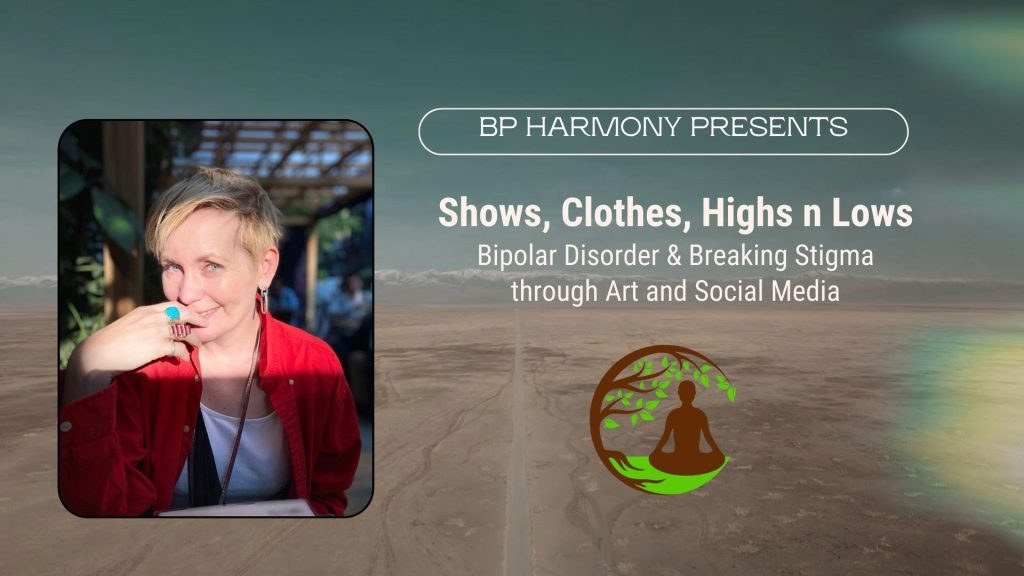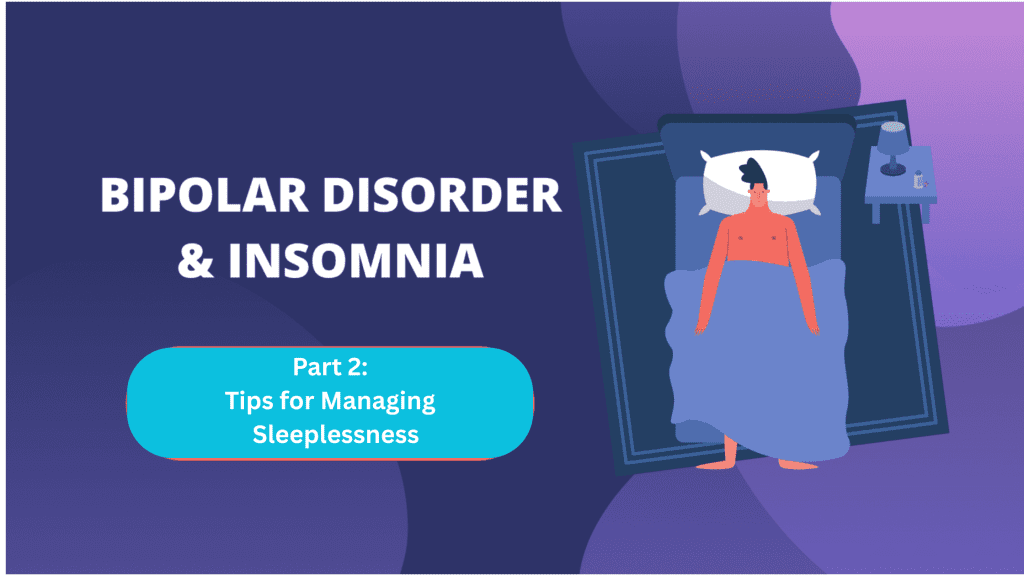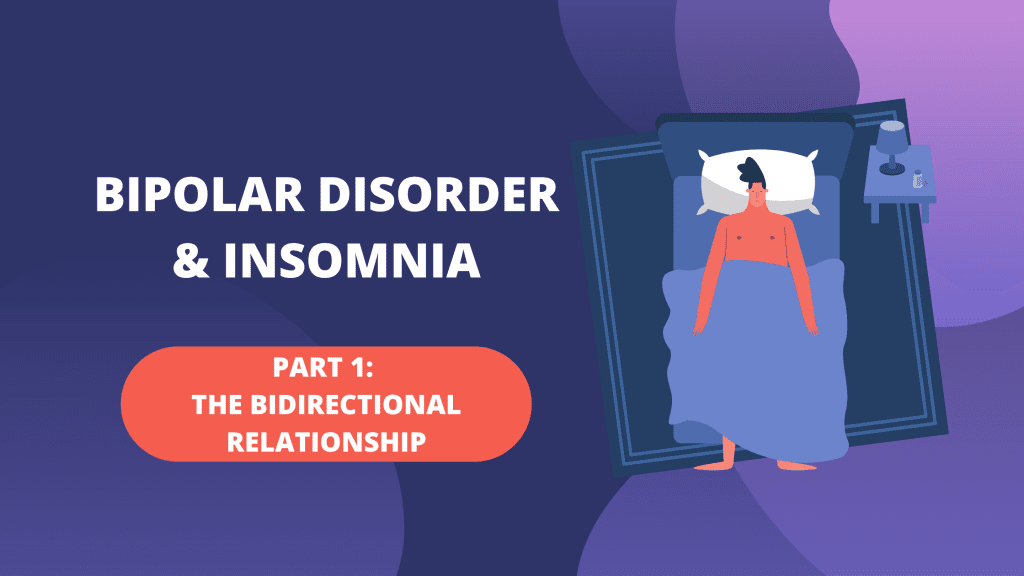Bipolar Disorder & Social Media Influencing
Shows, Clothes, High n Lows Bipolar Disorder & Breaking Stigma with Art and Social Media Bipolar disorder is a mental health condition that brings intense highs and lows, making everyday life unpredictable. In today’s digital world, the intersection of bipolar and social media influencing is reshaping how people talk about mental health, share their stories, and connect with others. For many, social media is more than just a platform—it’s a lifeline and a stage for advocacy, creativity, and community. See Interview HERE For more guidance on bipolar disorder, check out our book and masterclass to reclaim control of your life. You can also check out our free resources. Bipolar and Social Media Influencing: Breaking the Silence Social media has become a powerful tool for people living with bipolar disorder to share their experiences openly. Influencers with bipolar disorder, like Polly Wiseman, use platforms such as Instagram to document their journey, combining their passions for theater, fashion, and mental health into a unique brand. By posting about their “shows, clothes, highs, and lows,” Polly brings authenticity to the conversation around bipolar and social media influencing. Their willingness to share the real ups and downs of living with bipolar disorder helps break the silence and stigma that often surrounds mental illness. The Double-Edged Sword of Bipolar and Social Media Influencing The relationship between bipolar and social media influencing is complex. On one hand, social media offers a space for creative expression and peer support. During manic phases, influencers might feel inspired to create content, share ideas, and connect with followers at a rapid pace. But these bursts of activity can be followed by periods of depression or exhaustion, making it hard to keep up with the demands of influencing. Many influencers with bipolar disorder, like Polly, learn to manage their schedules to match their energy levels. For example, some plan posts ahead of time or adjust their routines to avoid burnout. This flexibility is crucial, since the pressure to be constantly present online can trigger stress—a major challenge for anyone with bipolar disorder. Community, Connection, and Peer Support One of the most positive aspects of bipolar and social media influencing is the sense of community it creates. Research shows that people with bipolar disorder are more likely to share their personal experiences on social media compared to those with other health conditions. In fact, a recent study found that over 70% of Instagram posts about bipolar disorder were created by individuals living with the condition themselves. These posts often include honest reflections on symptoms, daily struggles, and moments of joy or vulnerability. This openness encourages others to share their own stories and seek support, making social media a valuable source of peer connection. Hashtags like #bipolarawareness, #bipolarwarrior, and #bipolarrecovery help users find and join supportive communities beyond their immediate circles. The Power and Pitfalls of Influence While bipolar and social media influencing can empower individuals and reduce stigma, it also comes with risks. Not all information shared online is accurate or reliable. In the same study, only a small fraction of posts about bipolar disorder came from medical professionals or healthcare organizations. The majority were personal stories, which, while powerful, may sometimes spread misinformation or reinforce stereotypes if not carefully framed. That’s why experts recommend that influencers and their followers seek out verified medical information and consult with healthcare providers when needed. At the same time, the emotional support and encouragement found in these online spaces can be life-changing, especially for those who feel isolated or misunderstood in their offline lives. Advocacy, Awareness, and Changing the Narrative Bipolar and social media influencing isn’t just about sharing personal stories—it’s also about advocacy and education. Opinion leaders and influencers play a key role in shaping how bipolar disorder is perceived. On platforms like Twitter and Instagram, positive framing and messages of hope, recovery, and encouragement are becoming more common. Studies show that tweets and posts from influencers often focus on comfort, affirmation, and reducing stigma, helping to change public attitudes about mental health. Some influencers use their platforms to partner with mental health organizations, promote awareness campaigns, or collaborate with other creators. These partnerships can amplify their message and reach new audiences, further breaking down barriers and building understanding. Managing the Challenges of Bipolar and Social Media Influencing Living with bipolar disorder while maintaining a social media presence isn’t always easy. Influencers must balance the desire to be open with the need to protect their mental health. Many, like Polly, develop coping strategies such as flexible posting schedules, planning content in advance, and building a support network online and offline. They also recognize the importance of setting boundaries—knowing when to step back from social media to focus on self-care. Stress management is key. Influencers often follow treatment plans, use coping skills, and seek professional help when needed. By sharing these strategies with their followers, they not only help themselves but also empower others to take charge of their own well-being. The Future of Bipolar and Social Media Influencing As more people with bipolar disorder become influencers, the landscape of mental health advocacy is changing. Social media is helping to normalize conversations about bipolar disorder, making it easier for people to find support and information. However, there is still work to be done to ensure that the information shared is accurate and helpful. Healthcare professionals are encouraged to join these conversations, providing reliable resources and guidance. By working together, influencers, professionals, and followers can create a safer, more supportive online environment for everyone affected by bipolar disorder. Conclusion: Living Authentically in the Age of Influence The rise of bipolar and social media influencing is transforming how we talk about mental health. Through honesty, creativity, and connection, influencers like Polly Wiseman are helping to break down stigma and build communities of support. Their stories remind us that while the journey with bipolar disorder is full of highs and lows, no one has to walk it alone. If you or someone you know is living with bipolar disorder, remember that social



